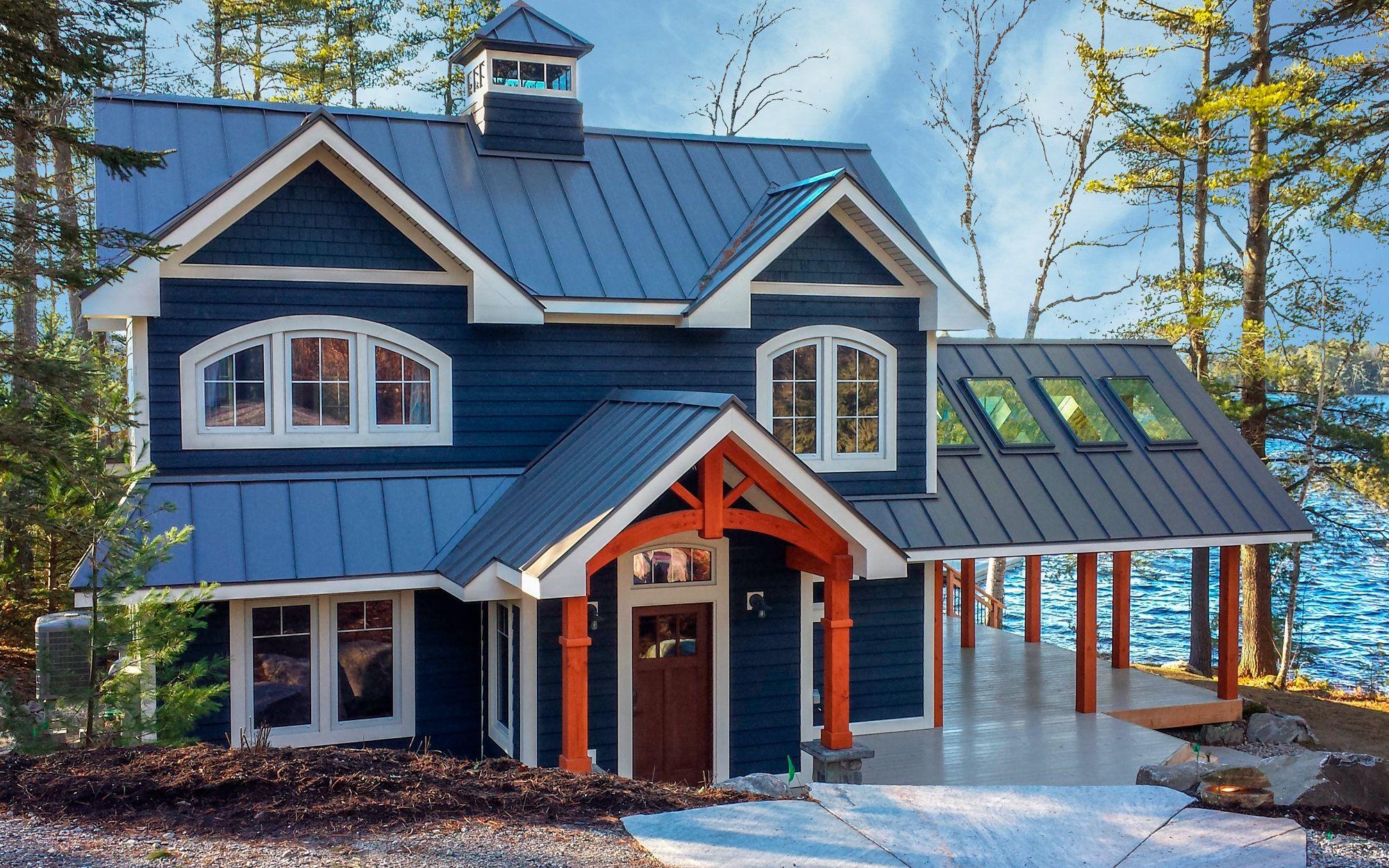Having a home roofing is important to ensure that your home is protected from the elements. Whether you're building a new home, or you're renovating an old one, it's important to consider all of the different types of roofing that can be used. For example, there are metal roofs, clay tiles, sloped roofs, and flashing that can help protect your home from the elements.
Clay tiles
Roofing tiles made from clay are a great alternative to asphalt shingles. These tiles are environmentally friendly, durable, and resistant to fire. They also provide extra insulation for homes. They come in a variety of colors and styles.
There are four main styles of clay roof tiles. These include mission style, Spanish tile clay roof, flat tile, and barrel-style. The flat tile is often used in homes with traditional architecture. Spanish tiles are often used in areas where there is a lot of rain. These tiles have deep grooves in the surface, which allow water to drain easily.
Clay tiles have been used for thousands of years and are very durable. They are resistant to fire and high winds, and can last for decades. However, they can be expensive to install and maintain.
Metal roofs
Investing in a quality metal roof can save you up to 40% on your energy costs. It can also increase the value of your home. It's also a sustainable roofing material that's 100% recyclable. And it has the durability to last 40 to 70 years.
If you are considering roofing your home with metal, you may be wondering which type of metal is the best. It all depends on your budget and needs. There are many options available, including steel, copper, aluminum, and terne. Some even offer ENERGY STAR ratings.

The first thing to consider is the climate where you live. You'll want to choose a metal that's going to stand up to the elements. A metal roof that's been made with an anti-rust coating can keep your roof from rusting.
Flashing
Roofing flashing is a critical component of any roof system. In addition to keeping the roof airtight, it is also a great way to keep water out.
There are many different materials that can be used to manufacture flashing. Some common ones include galvanized steel, copper, and aluminium. The different materials have their own advantages and disadvantages. You'll want to choose the best flashing material for your home.
The best material to use for roof flashing is copper. It is a durable metal that can withstand all types of weather. Copper is also ideal for historic homes. If you're building a new home or renovating an existing home, copper is an ideal choice.
When choosing a flashing material, you'll also want to consider the type of roofing you have. Depending on your roof, you may need to choose between metal flashing or plastic or rubber flashing. Plastic and rubber flashing are a less expensive option, but they can be susceptible to the elements.
Sloped roofs
Choosing the right sloped roof for your home is important. It affects the roofing materials, drainage, style and the overall appearance of your house. The roof should be able to protect your home from harsh weather and the elements. If the roof is improperly installed or made of the wrong material, it could lead to water damage and structural damage.

A sloped roof is more stable during heavy rain or snowfall. It also allows the moisture to drain faster. This means less chances of water logging, and it is a better way to protect your home.
Sloped roofs can be made of a variety of materials, such as metal shingles, shakes, or standing seam metal roofs. They can also be fitted with skylights for extra light.
Insulating properties
Choosing the best type of roofing insulation can save you money in the long run. There are many types of insulation and choosing the best one for your home will depend on your climate, location, and budget.
The Federal Trade Commission has issued a Trade Regulation Rule on Home Insulation that requires manufacturers to reveal the R-value of a product. The rule is designed to combat unfair or deceptive acts on an industry-wide basis. The rule also requires that manufacturers tell you what the R-value of a product is in terms of coverage area and thickness.
Insulation is a great way to improve energy efficiency and reduce heating costs. It also helps reduce cooling costs. Having insulation on your roof helps to keep the heat from the home in the winter and the heat out in the summer.



